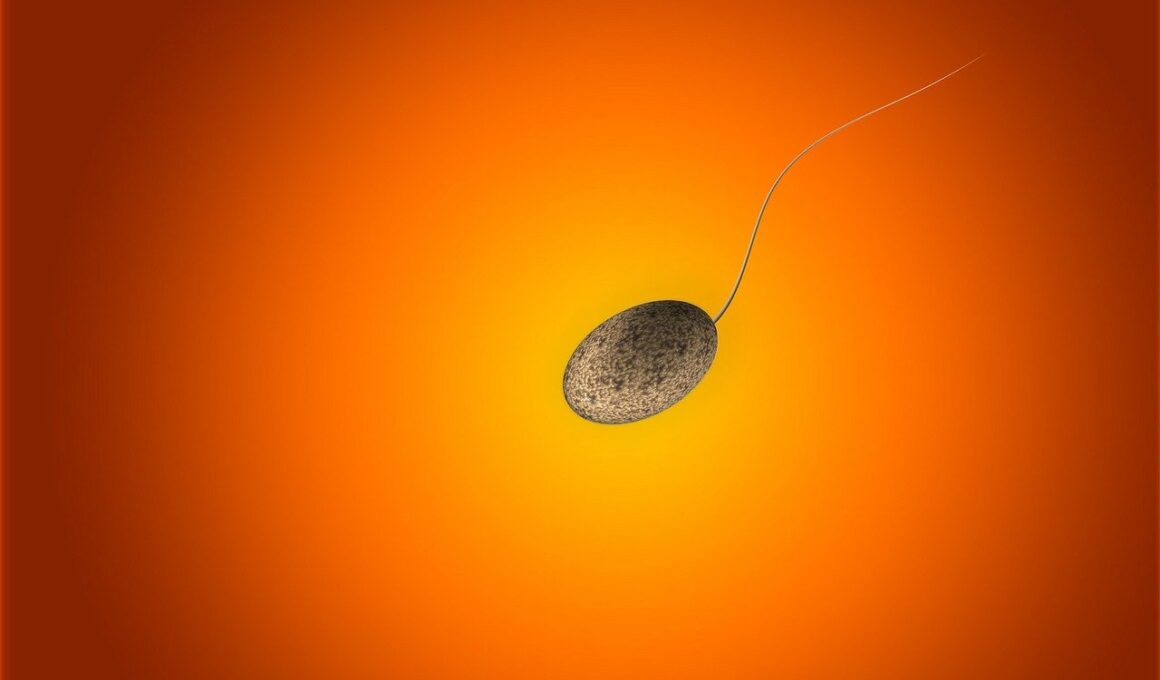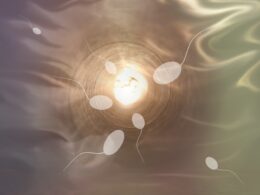HCG (human chorionic gonadotropin) mimics Luteinizing Hormone and stimulates Leydig cells in the testicles to produce testosterone. It is used in men with low testosterone to increase sperm production and testicular size.
During a normal pregnancy, hCG levels rise quickly and peak around 10 weeks of gestation. They then decline slowly until childbirth.
How Often Do You Need to Take It?
A single injection of hCG can cause your body to make more testosterone. It can also cause your body to produce more sperm. You will want to talk with your doctor about how often you should take the medication.
You may need to retest your sperm count in two or three days after taking the medication. Your doctor can do this using a blood test or a urine sample. You can also purchase home pregnancy tests from a pharmacy but these are not reliable and you should only use them after getting the results from your doctor.
hCG is an analog of the Luteinizing hormone (LH), a hormone produced by the pituitary gland that tells the Leydig cells in the testicles to make testosterone. hCG is used to help treat hypogonadism because it helps preserve testosterone and sperm production.
A recent study found that hCG can preserve fertility in men on TRT. It can increase sperm counts, restore the testicles to their normal size and stop the shrinkage that occurs with TRT alone.
Before you begin treatment, your doctor will test the hCG levels in your blood to see if you can safely use it. You will also need to know if you have any allergies. hCG is made from hamster ovary cells and should not be used by anyone who has an allergy to hamster protein.
How Much Do You Need to Take?
Human chorionic gonadotropin, or hCG, makes its way into your urine and bloodstream almost immediately after an embryo implants in the uterus. It’s the hormone that pregnancy tests (both at-home pee sticks and the kind your doctor does) look for to confirm that you are, in fact, pregnant. hCG levels are usually very low but they rapidly increase during the early weeks of a pregnancy, reaching a level that’s typically detectable on a home pregnancy test around 19 days after implantation. These levels then decline steadily throughout the rest of the pregnancy. Health care professionals use hCG to confirm a pregnancy, estimate the age of a fetus, diagnose abnormalities like an ectopic pregnancy or Down’s syndrome, and monitor fetal development.
hCG treatments can be administered at your doctor’s office, or you can purchase it as a “homeopathic” kit and do the injections yourself. If you choose to do the latter, it’s important that you follow the instructions carefully. These kits usually contain a vial of hCG and a set of needles to draw your own urine sample, or, in some cases, a pre-paid kit that includes the same supplies but also requires a blood sample for testing.
One study showed that a dosage of 500 IU of hCG along with CC was enough to cause sperm production in Sertoli cells, but that dosage can vary from one patient to the next. It’s also necessary to have a normal sperm concentration and volume in order for the Sertoli cells to be stimulated to produce testosterone, so a baseline test should be done before starting treatment.
How Long Will It Take?
The hormone HCG is a human chorionic gonadotropin that mimics the effects of LH from the pituitary gland to stimulate Leydig cells in the testes to produce testosterone. It is typically injected via intramuscular injection, and it can be prescribed by a fertility specialist to treat male hypogonadism. It can also be used to induce ovulation to harvest eggs during an assisted reproductive technology (ART) treatment like In Vitro Fertilization or Intracytoplasmic Sperm Injection.
The study below found that hCG increases sperm production in men who have normal or low levels of LH and FSH. That’s a surprise because the belief is that you can’t get sperm production going without both LH and FSH. This is because LH triggers the release of testosterone from the testes and FSH activates that testosterone to make sperm.
Once sperm production is induced, the hCG will continue to keep the sperm produced for months afterward. Then a man can stop using the injections, and his sperm count will return to baseline.
In the study above, patients were identified as having oligospermia or azospermia when a sperm count was less than 30 million per milliliter. They were given a combination of hCG and Clomiphene Citrate to try to increase their sperm count. This combination is often used by fertility specialists to treat infertility and other problems that might be associated with it, such as low testosterone or PCOS. The hCG was administered in the form of an intramuscular shot every week for four months. Semen counts were measured each month. The results showed that a sperm count that started at 25 million/ml roused to 69 million/ml in just four months.
What Can You Expect?
In men with a low testosterone level, the addition of hCG can help to restore normal testosterone levels. This can lead to an increased sperm count and can improve the chances of conceiving. In combination with testosterone replacement therapy (TRT), hCG is used to prevent testicle shrinkage and to maintain normal testosterone levels. Adding hCG to TRT can also speed up the time it takes to produce sperm, as hCG has an extremely short biological half-life.
Unlike LH, hCG has a very short biological half-life, and can be administered repeatedly to maintain steady levels in the blood. This allows hCG to act more like the LH hormones released during pregnancy, causing the testicles to produce more testosterone and sperm. In fact, the addition of hCG to TRT can even reduce the symptoms of low testosterone by blocking the breakdown of testosterone in the testes.
This is a medication used in many fertility treatments, including in vitro fertilization (IVF). It can be administered via an injection, or as part of an ovulation induction cycle with clomiphene citrate. It is very similar to the human chorionic gonadotropin produced during pregnancy and is the same hormone detected by at-home pregnancy tests.
This study aims to investigate the effect of hCG on sperm count and morphology in male patients with azoospermia. Nineteen adult patients who fit the selection criteria were assigned to receive hCG in conjunction with CC and serum LH, FSH, and testosterone levels as well as semen parameters were assessed every month. The results showed that hCG has significant effect on spermatogenesis. It boosted the initial low sperm count of 25 million/ml to 69 million/ml within four months.





